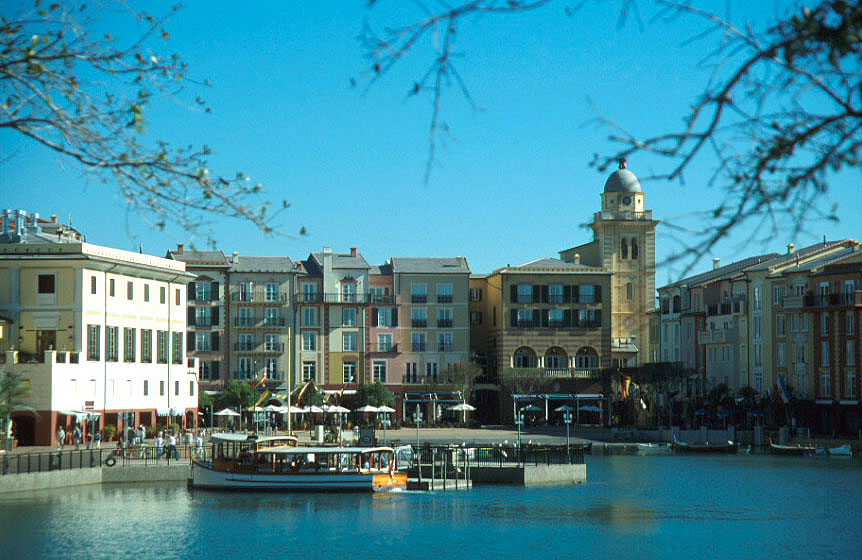theme is not
- A theme is not just a distinctive architectural character. An architect might work from a code of her own that she used for many buildings, but such a code would not yet be the kind of meaning based on a social "elsewhere" provided by Irishness or the Wild West. Theming is easier than creating unique architectural character, because a theme provides a ready-made normative identity.
- A theme is not a decor. Decor and atmosphere by themselves do not create a theme, which involves the normative grammar of a place. Themes use decor.

- A theme is not a style. When we encounter the Art Deco or International style, it seems directly perceptible how that color and these shapes go together aesthetically, or why the modernist flat roofs have been combined with ribbon windows and open plans. We perceive an appropriateness, if not a necessity, in the combinations. On the other hand, in an Irish bar the green color on the walls and the kind of beer and the painted shamrocks have no immediately perceptible reason why they should be combined; they refer to a pre-established identity.
- A theme is not a deception. A theme is not a put-on or a fraud, because a theme will not work if it is presented as straightforward reality. Themed places depend for their attraction on a display of their otherness from the everyday. In a themed restaurant you are not being fooled into thinking that you are in '20s New York. You are enjoying the complexity of being in a California restaurant and having the identity of '20s New York playing about you.
Index
Themed places outline
(c) David Kolb, 1 August 2001

